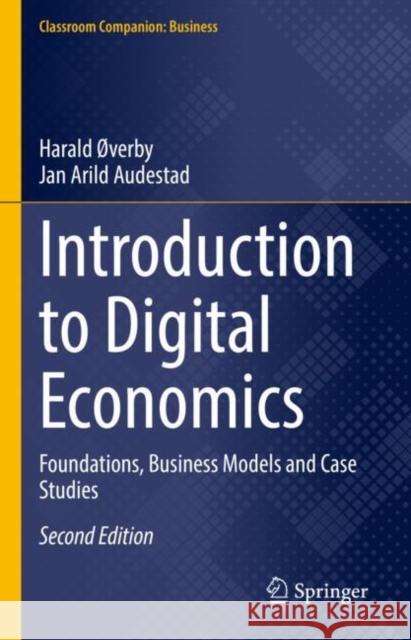Introduction to Digital Economics: Foundations, Business Models and Case Studies » książka
topmenu
Introduction to Digital Economics: Foundations, Business Models and Case Studies
ISBN-13: 9783030782368 / Angielski / Twarda / 2021 / 353 str.
Introduction to Digital Economics: Foundations, Business Models and Case Studies
ISBN-13: 9783030782368 / Angielski / Twarda / 2021 / 353 str.
cena 302,60
(netto: 288,19 VAT: 5%)
Najniższa cena z 30 dni: 269,85
(netto: 288,19 VAT: 5%)
Najniższa cena z 30 dni: 269,85
Termin realizacji zamówienia:
ok. 22 dni roboczych
Bez gwarancji dostawy przed świętami
ok. 22 dni roboczych
Bez gwarancji dostawy przed świętami
Darmowa dostawa!
Kategorie:
Kategorie BISAC:
Wydawca:
Springer Nature Switzerland AG
Seria wydawnicza:
Język:
Angielski
ISBN-13:
9783030782368
Rok wydania:
2021
Wydanie:
2021
Numer serii:
000962575
Ilość stron:
353
Waga:
0.69 kg
Wymiary:
23.39 x 15.6 x 2.24
Oprawa:
Twarda
Wolumenów:
01
Dodatkowe informacje:
Wydanie ilustrowane











